My experience with swamps is fairly succinct: When I was in 8th grade we took a class trip that included a jaunt down to the Okefenokee Swamp. A brief raft ride, some pointing at alligators, and I think someone may have drank the swamp water after the guide assured us it was cleaner than it looked.
And that’s been it really. As such, I think I should be forgiven for expecting to do any hiking in the vicinity of a lake swamp in Louisiana.
There were sections that were quite passable. Like this boardwalk.
On both sides of the boardwalk…well I suppose I successfully navigated it, but it was a wet squelchy muddy time and we only managed two miles before calling it quits. The same place by canoe though? That’s how it should be done!
If you aren’t the kind of person who travels with your canoe at ready – no worries! Lake Chicot State Park rents them for a very reasonable $20 a day (8am-7pm).
From the vantage point of the canoe one can see some really interesting plant life. This specimen is a water hyacinth, and although it is really neat…it is an invasive species. The tiny floating vegetation in the background is duckweed – which is a favorite food of red eared sliders! (and ducks…but that much I felt was obvious)
The RES’s are fairly challenging to photograph as they are very shy while basking. The log above had a couple other turtles on it, but the ripples below tell the tale of their rapid departure.
I almost got a decent picture of this young turtle, but at the last minute he decided he wasn’t going to stick around.
Alligators were to be had as well – although they proved too elusive to photograph while canoeing. I might want to add at this point that I’m by no means an expert canoeist…your ability to sneak up on them may vary. That said, the day prior I was able to get some good photographs of a 3 footer (1 meter) from a bridge.
One of the coolest experiences is canoeing amidst the submerged Bald Cypress and Water Tupelo forests. Both of these trees can grow entirely submerged in water. And this isn’t a temporary state of affairs – these swamps only dry out in the most extreme drought conditions.
I’m fairly sure the trees above are all Bald Cypresses. The Bald Cypresses are easy to recognize because of their leaves which look like a cross between pine needles and fern leaves. Some fun facts about the Bald Cypress include: it is the state tree of Louisiana, and although it is a conifer it is deciduous (it loses its needles in the winter), hence being called bald.
For arachnophobes, let us part ways here.
The spiders in the area are fairly giant. A couple specimen were definitely in the 3″ (7.5 cm) range counting their legs. And while trying to rescue one from our canoe I accidentally dropped it in the lake. (Seriously, I was trying to move it to a nearby branch. I don’t kill the spiders I find in/around my living space, I catch them and release them outside.)
Rather than the spider succumbing to the murky abyss it simply walked away. I was impressed. Also a little terrified.
By the end of our 3 hour canoe trip I came to the conclusion that every single tree sticking out of the water was home to at least one large spider. Usually I would only catch a glimpse of them scurrying out of view, but occasionally they’d stick around and let me try to photograph them.
This one, clinging to a Water Tupelo was on the larger side. Definitely 3+ inches including legs. Dolomedes is my guess at the genus of this fellow. The Dolomedes are fishing spiders and they all can run on top of water due to their hydrophobic hairs. From the size, stripes and habitat I’d wager this one is Dolomedes Tenebrosus.
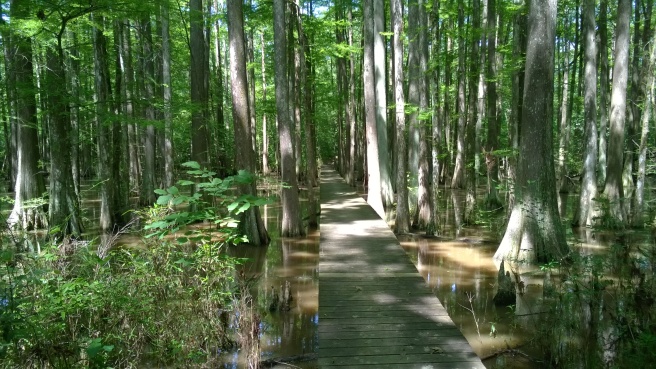
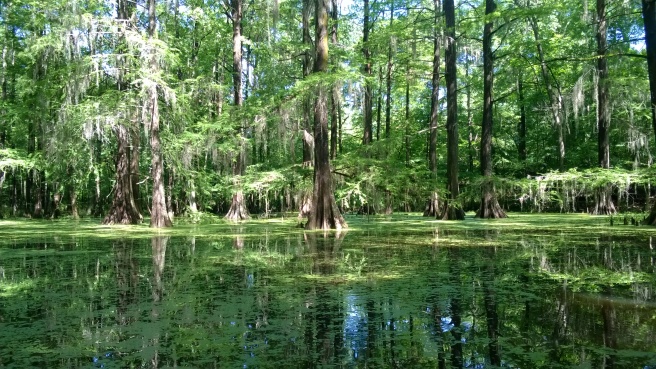

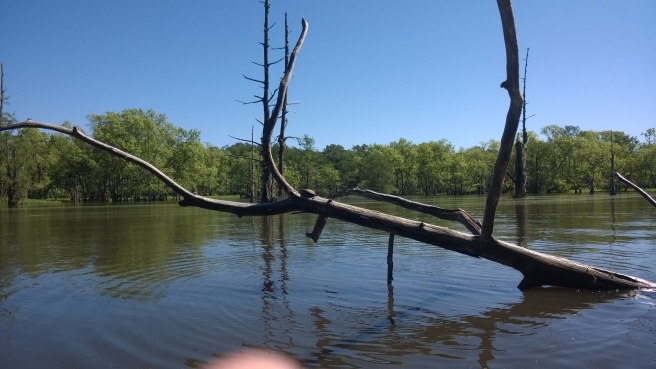
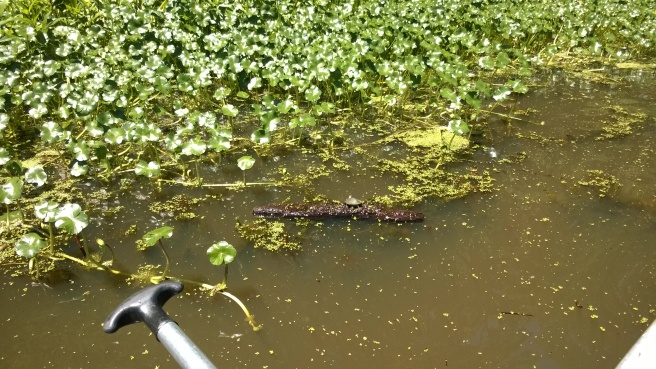
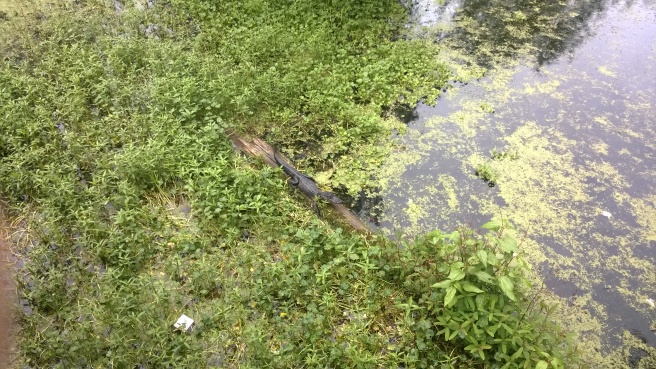
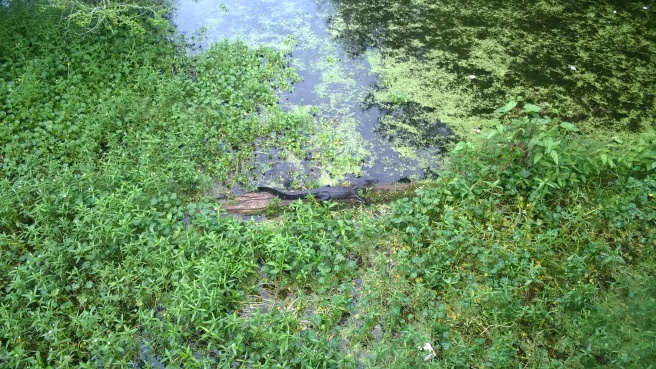
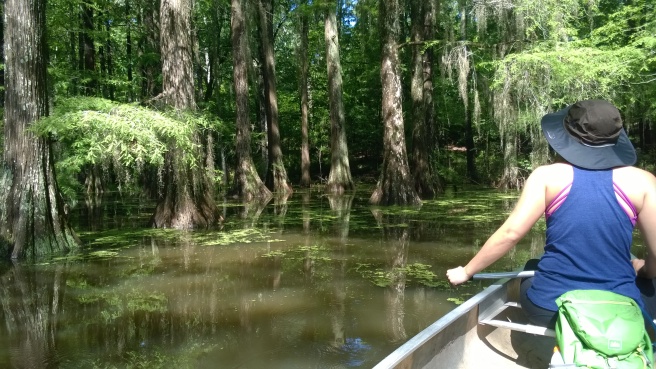
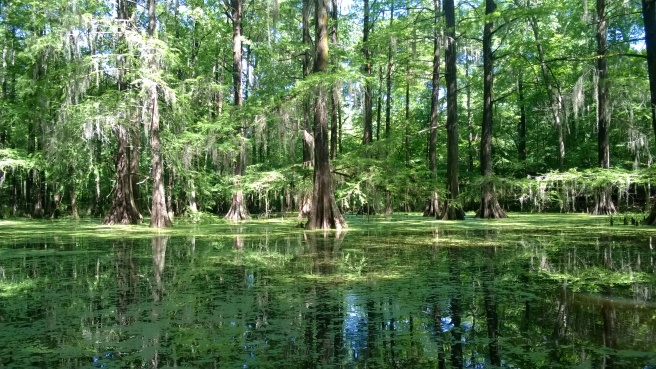
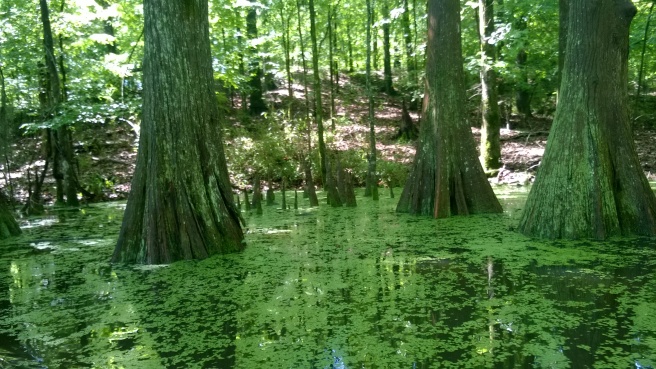
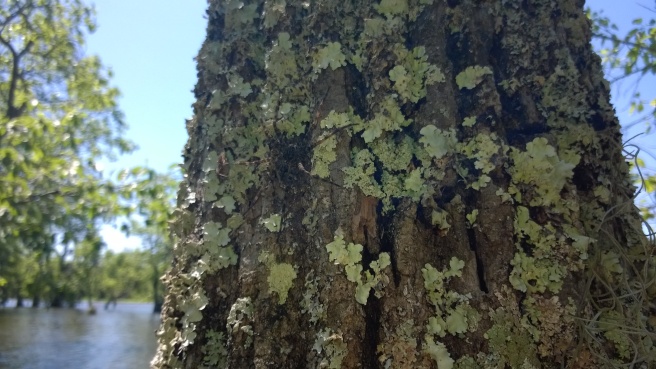
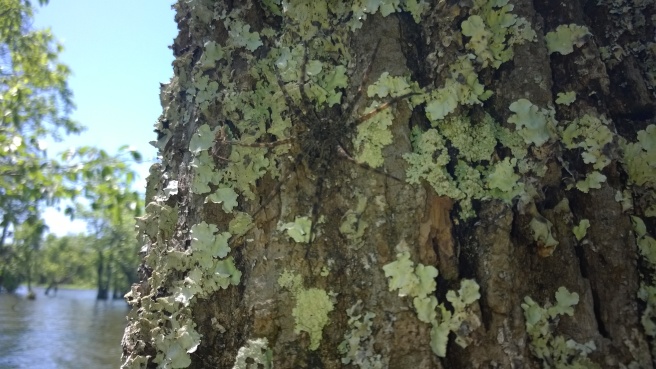
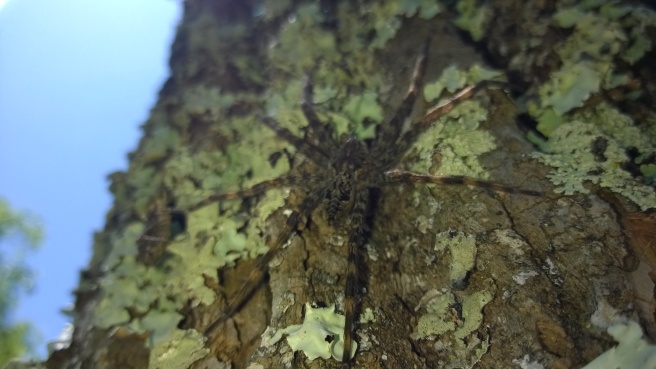
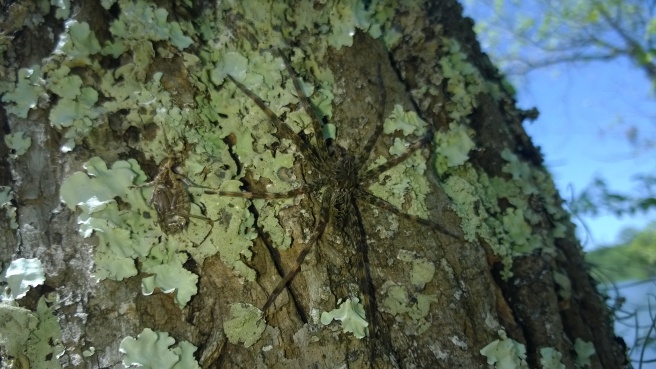
Hey, I have some questions for you, but there is no way to contact you here. What is the best way to get a hold of you?
LikeLike
I keep an eye on comments – so comments are the best way for now! What can I help you with?
LikeLike
I am interested about your domain name Mjolnir.com that redirects to here? I am also wondering if you would be interested in RamblingOutback.com?
LikeLike
Do you still check the comments here?
LikeLike